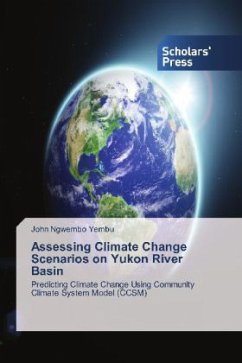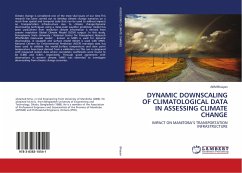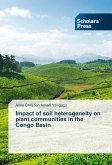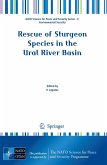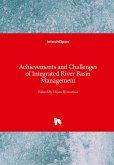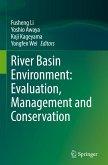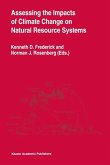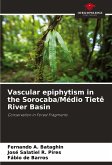The Yukon River Inter-Tribal Watershed Council (YRITWC) currently does not utilize spatial software to manage, analyze, and produce maps of climate change scenarios on the Yukon River basin. Their data are currently stored in different file formats in an external hard drive, not in a geodatabase. There was the desire to know how to determine climate change differences which will enable visualizing of climate change in Yukon River Basin, and also how to calculate peak discharge rates in the different regions. Therefore a complementary analysis was needed to help provide answers on: What are the climate change scenarios in the Yukon River Basin using geospatial techniques? How can peak discharge rates be determined in the Yukon River Basin? What will be the changes in climate in the Yukon River Basin in the future?
Bitte wählen Sie Ihr Anliegen aus.
Rechnungen
Retourenschein anfordern
Bestellstatus
Storno

